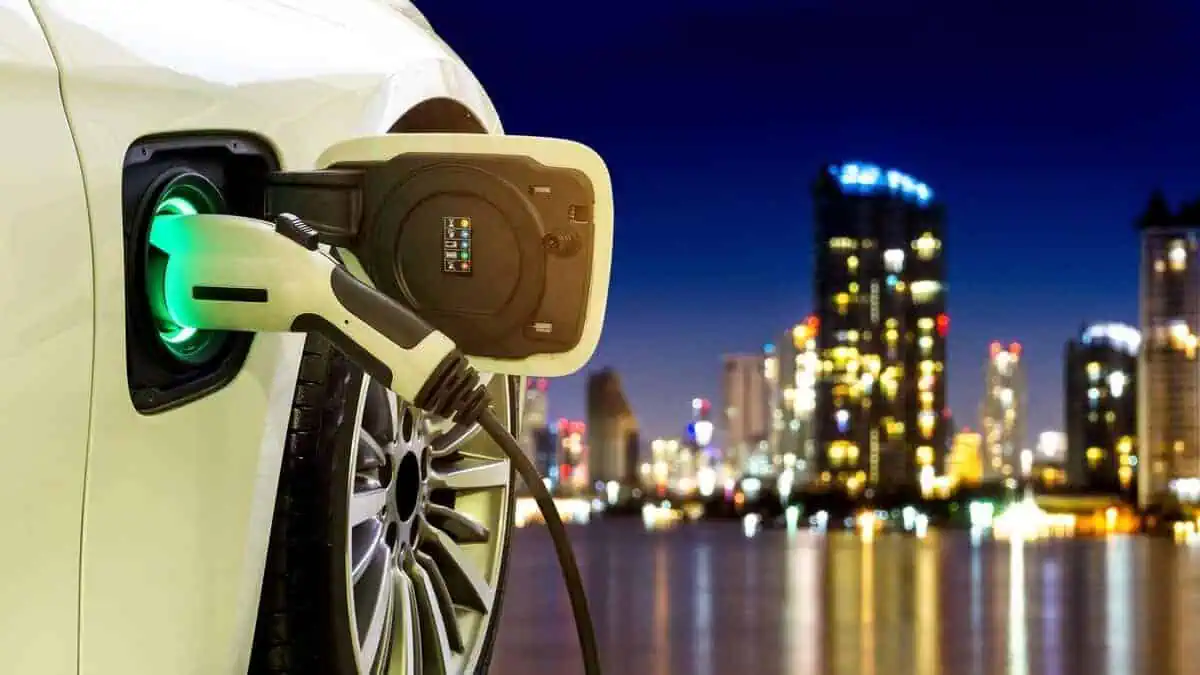2021 has brought a series of bad news for Tesla investors and its aspiring competitors due to rising interest rates and volatile financial markets. Nonetheless, Reuters reported that numerous EVs would be introduced and produced in 2023 as other automakers aim to compete with Tesla.
In fact, many electric vehicle startups have lost a significant amount of market share. Among these companies is Rivian Automotive Inc, which lost over 70% of its market share in the previous year. Likewise, China’s XPeng has lost 80% of its market value.
Meanwhile, Lucid Group Inc. had difficulty developing its Air luxury model. Another one is British EV startup Arrival which projected its funds to be insufficient to push through the following year.
So what?
The transportation sector is undoubtedly the largest contributor to CO2 emissions worldwide. That said, automakers and government leaders from Detroit to Shanghai have promoted the shift to electric vehicles.
In fact, the cutoff date for new combustion passenger vehicle sales has been established for 2035 by European nations and California.
Most notably, the automotive industry is investing over $1 trillion to boost the shift to electric vehicles further.
World’s major markets: United States, China, and Europe
The key markets across the world will see a surge of new electric vehicles beginning in the next year, ranging from pickup trucks to middle-class SUVs and sedans.
BEVs have approximately 21% of the market share in China. About 12% of all passenger vehicle sales in Europe are electric vehicles. However, the market share of EVs in the US is only around 6%.
Industry officials and analysts listed the lack of public fast-charging infrastructure as one of the obstacles to EV adoption. Another alarming issue is the accelerating EV battery prices due to critical material shortages and government incentive concerns.
How does it affect 2023?
2023 will likely see a surge in EV production as numerous reputable automakers are set to introduce many EV models to compete with Tesla. Beginning in 2023 and 2024, most of these vehicles will be mass-produced.
AFS President Joe McCabe projects that about 74 EV models may be available in North America by 2025. However, less than 20% of those models are only predicted to sell more than 50,000 vehicles annually. That said, automakers can find themselves with an excess capacity and niche models.
It is also worth noting that the general automobile demand in China and Europe is also at risk due to slowing economies.
Without a doubt, Tesla is at the forefront of electric vehicle advancement. It is understandable why so many automakers have been working on products to rival Tesla EVs. However, we could only wait to see if these automakers’ aspirations would be realized.






